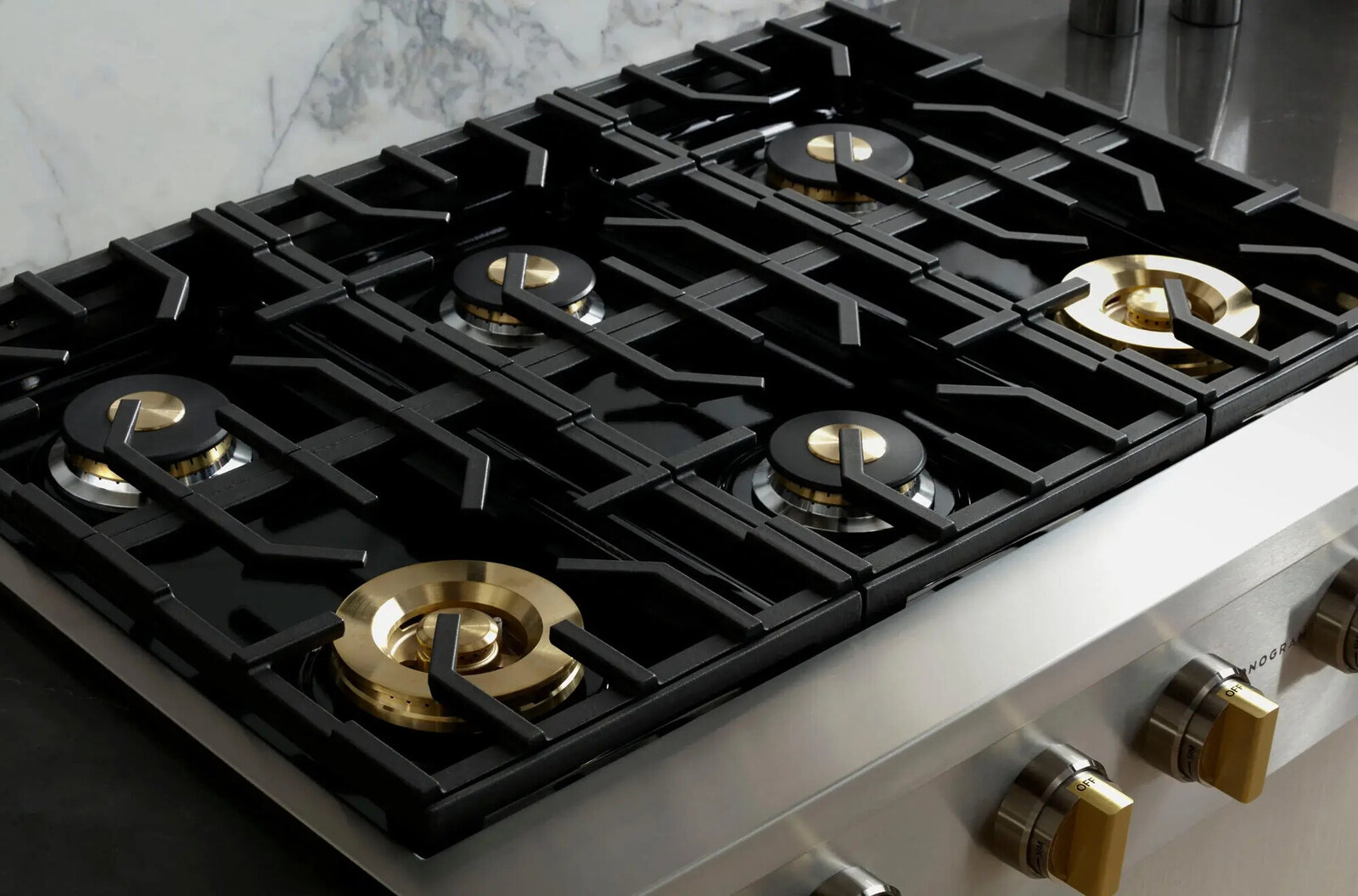

Articles
How Many Amps For Stove Burners
Modified: January 19, 2024
Looking for information about the number of amps required for stove burners? Check out our articles for everything you need to know about stove burner amperage and electrical requirements.
(Many of the links in this article redirect to a specific reviewed product. Your purchase of these products through affiliate links helps to generate commission for Storables.com, at no extra cost. Learn more)
Introduction
Stove burners are an essential component of any kitchen, allowing us to cook our favorite meals with ease. However, many people overlook the importance of understanding the electrical requirements for stove burners, specifically the number of amps they need to operate efficiently and safely. In this article, we will explore the significance of amps for stove burners, as well as provide insight into the factors that affect amp ratings and the necessary safety considerations.
When it comes to stove burners, the right amount of amps is crucial for proper functionality. If the amps are too low, the burners may not generate enough heat, resulting in longer cooking times and unsatisfactory meals. On the other hand, if the amps are too high, you risk overloading your electrical circuit, potentially causing damage and compromising safety.
To ensure that your stove burners operate optimally, it is important to understand the electrical requirements they need. This includes knowing the amp ratings and the specific circuit breaker capacity needed to support them. By having this knowledge, you can make informed decisions when choosing stoves and ensure that your electrical system can handle the load required by the burners.
Before delving into the details of amp ratings for stove burners, let’s take a moment to understand what amps are. Amps, short for amperes, are the measurement unit for current flow in an electrical circuit. It represents the amount of electric charge passing through a given point in the circuit per unit of time. In the context of stove burners, amps determine the electrical power they require to produce heat and function effectively.
With that foundation in place, let’s explore the common amp ratings for stove burners and the factors that can influence these ratings.
Key Takeaways:
- Understanding the amp ratings for stove burners is crucial for efficient cooking and electrical safety. Matching the right amp rating to your stove ensures optimal heat output and prevents overloading your electrical circuit.
- Prioritizing safety when dealing with stove burner amps is essential. From choosing the correct circuit breaker to maintaining proper wiring and following manufacturer’s instructions, these considerations help minimize the risk of electrical hazards in your kitchen.
Read more: How Many Amps For Induction Cooktop
Importance of Amps for Stove Burners
The amp rating for stove burners is essential for ensuring proper functionality and safety in your kitchen. Understanding the importance of amps can help you make informed decisions when selecting a stove and ensure that your electrical system can handle the load.
One of the primary reasons why amps are important for stove burners is that they directly affect the heat output. Stove burners with higher amp ratings can generate more heat, allowing you to cook food faster and more efficiently. This is particularly important when you’re preparing meals that require high heat, such as boiling water or searing meat.
On the other hand, if the amp rating of your stove burners is too low, you may face issues with uneven heating or inadequate cooking temperatures. This can result in undercooked or burned food, leading to unsatisfactory meals. Therefore, having the right amp rating for your stove burners ensures that you have precise control over the heat output, allowing you to cook your food to perfection.
Another reason why amps are important is their impact on the electrical system. Each electrical circuit in your home has a specific amp capacity, which determines how much power it can safely handle. By knowing the amp rating of your stove burners, you can ensure that they do not exceed the capacity of your electrical circuit.
Exceeding the amp rating of your circuit can lead to electrical overloads, which can trip circuit breakers or even result in electrical fires. It is essential to have a properly sized circuit breaker that can handle the amp load of your stove burners to prevent any hazardous situations.
In addition to the heat output and electrical system considerations, understanding the amp rating for your stove burners helps you select the right appliance for your kitchen. When purchasing a new stove, it is important to choose one that matches the electrical capacity of your home. By doing so, you can ensure compatibility and avoid any potential issues with installation or performance.
Overall, the amp rating for stove burners is crucial for ensuring optimal cooking experience, electrical safety, and appliance compatibility. It is important to understand the importance of amps and consider them when selecting stoves or making any modifications to your electrical system.
Understanding Electrical Requirements for Stove Burners
Understanding the electrical requirements for stove burners is essential for ensuring that they operate safely and efficiently in your kitchen. To understand these requirements, it’s important to consider factors such as voltage, wattage, and amp ratings.
Firstly, let’s discuss voltage. Stove burners typically require a higher voltage than other appliances in your kitchen. Most electric stoves operate on a 240-volt circuit, while gas stoves usually only require a standard 120-volt circuit. It’s important to check the voltage requirements of your stove burners and ensure that your home’s electrical system can provide the necessary voltage.
Next, wattage is another crucial factor to consider. Wattage refers to the amount of power the stove burners need to operate. It is the product of the voltage and the amps. For example, a stove burner that operates at 240 volts and draws 10 amps will require 2400 watts of power. Understanding the wattage requirements of your stove burners helps you determine if your electrical system can support them and if you need to make any adjustments.
Now, let’s delve into amp ratings. Amp ratings for stove burners can vary depending on the model and size of the stove. Most electric stove burners have amp ratings ranging from 15 to 50 amps. Gas stove burners typically have lower amp ratings since they don’t require as much electrical power for operation.
It’s important to note that each stove burner may have a different amp rating. For example, a stove with four burners may have two burners with a higher amp rating for faster cooking and two burners with a lower amp rating for simmering or low heat settings. Make sure to check the specific amp ratings for each burner on your stove to avoid overloading your electrical circuit.
Additionally, it’s worth mentioning that different stove models may have different amp requirements. When purchasing a new stove, always refer to the manufacturer’s specifications to determine the correct amp rating and ensure compatibility with your electrical system.
Understanding the electrical requirements for stove burners not only helps you select the right stove for your kitchen but also ensures that your electrical system can handle the load. By knowing the voltage, wattage, and amp ratings, you can make informed decisions about your stove’s installation and avoid any electrical issues or safety hazards.
In the next section, we will explore the common amp ratings for stove burners, providing you with a better understanding of what to expect when it comes to the electrical requirements of your stove.
Common Amp Ratings for Stove Burners
When it comes to stove burners, understanding the common amp ratings can help you determine the electrical requirements and ensure proper operation. Amp ratings for stove burners can vary depending on the type of stove and the number of burners. Let’s explore the typical amp ratings you may encounter:
- 15 Amps: This is a common amp rating for smaller electric stove burners. These burners are usually used for low heat cooking, such as simmering or warming food. They consume less power and are suitable for tasks that don’t require high heat.
- 20 Amps: Many electric stove burners fall into the 20-amp category. These burners are versatile and can handle a range of cooking temperatures. They provide moderate heat output and are suitable for most cooking needs.
- 30 Amps: Some electric stoves, particularly those with larger burners or additional features like griddles or grills, may have burners with a 30-amp rating. These high-power burners are capable of generating intense heat, making them ideal for searing, boiling, or quick cooking.
- 40/50 Amps: Electric stoves with dual fuel options, which combine gas cooktops with electric ovens, often have burners with higher amp ratings. These burners provide excellent heat distribution and precise temperature control, making them popular among professional and avid home cooks.
- Gas Stove Burners: Gas stove burners typically have lower amp ratings compared to electric burners since they rely on gas for heat. Most gas stove burners operate within the 5-15 amp range. Gas burners are known for their instant heat and precise control, making them a popular choice for many home chefs.
It’s important to note that these amp ratings are general guidelines, and specific stove models may vary. Always refer to the manufacturer’s specifications to determine the exact amp rating for your stove burners. Additionally, it’s crucial to ensure that your electrical system can support the amp load of your stove burners. Check the capacity of your circuit breaker and consult with an electrician if any upgrades or modifications are required.
Understanding the common amp ratings for stove burners allows you to make informed decisions when purchasing a stove or using the burners for specific cooking tasks. It ensures that you have the appropriate power capacity and can safely and efficiently cook your favorite meals.
In the next section, we will explore the factors that can affect the amp ratings for stove burners, providing you with a deeper understanding of the electrical requirements.
Factors Affecting Amps for Stove Burners
Several factors can influence the amp rating for stove burners. Understanding these factors is crucial for determining the electrical requirements of your stove and ensuring safe and efficient operation. Let’s explore the main factors that can affect the amps for stove burners:
- Burner Size and Power: The size and power output of the stove burners can significantly impact the amp rating. Larger burners that generate higher heat levels usually require a higher amp rating to accommodate the increased power demands. Conversely, smaller burners designed for low heat cooking, such as simmering, may have lower amp ratings.
- Heating Element Type: Electric stove burners can have different types of heating elements, such as coil elements or smooth-top surfaces. Each type of heating element has specific power requirements that can influence the amp rating. For example, smooth-top burners that use radiant heating technology may require higher amps to generate the same amount of heat as coil elements.
- Number of Burners in Use: The number of burners in simultaneous use can affect the amp rating. When multiple burners are turned on at the same time, the total amp load increases. It’s important to consider this factor when determining the electrical capacity needed to support all active burners simultaneously.
- Accessory Features: Some stoves come with additional features like griddles, grills, or warming zones. These features can impact the amp rating since they require additional power to operate. Be sure to account for the power demands of these accessories when considering the overall amp requirements for your stove.
- Efficiency and Insulation: The energy efficiency and insulation of the stove can also affect the amp rating. Stoves with better insulation and energy-saving features may require lower amps to produce the same heat output as less efficient models. It’s worth considering the energy efficiency of your stove when determining the electrical requirements.
- Local Electrical Regulations: Lastly, it’s important to consider any local electrical regulations that may influence the amp rating for stove burners. Some areas may have specific electrical codes or restrictions that determine the maximum amp rating allowed for residential stoves. Check with local authorities or consult an electrician to ensure compliance with these regulations.
Considering these factors when determining the amp rating for your stove burners ensures that you have the appropriate electrical capacity to support their operation. It also helps prevent overloading your electrical circuit and ensures safe and efficient cooking experiences in your kitchen.
Next, let’s explore the importance of choosing the right circuit breaker for your stove burners and how it impacts their performance.
Check the manufacturer’s specifications for your stove to determine the correct amperage for the burners. This information can usually be found in the owner’s manual or on the appliance itself.
Read more: How Many Amps Does A Cooktop Use
Choosing the Right Circuit Breaker for Stove Burners
Choosing the right circuit breaker for your stove burners is crucial for ensuring safe and reliable operation. The circuit breaker serves as a protective device, automatically cutting off the power supply when the amp rating exceeds the circuit’s capacity. Here are important factors to consider when selecting the right circuit breaker for your stove burners:
- Amp Rating: The amp rating of the circuit breaker should match or exceed the amp rating of your stove burners. This ensures that the circuit can handle the electrical load without tripping the breaker. For example, if your stove burners have a combined amp rating of 40 amps, you should select a circuit breaker with a rating of 40 amps or higher.
- Single-Pole vs. Double-Pole Breaker: Stove burners typically require a double-pole circuit breaker. Double-pole breakers provide two separate circuits that can handle the high voltage requirements of electric stoves. It’s important to consult local electrical codes and regulations as they may dictate specific requirements for circuit breaker types.
- Compatibility with Electrical Panel: Ensure the circuit breaker you choose is compatible with your electrical panel. Different panels have specific requirements for the type and size of circuit breakers they can accommodate. Consult an electrician if you are unsure about the compatibility or if any modifications to your electrical panel are necessary.
- Load Calculation: Consider the overall electrical load in your home when selecting the circuit breaker for your stove burners. Your electrical panel has a maximum capacity, and adding a high-load appliance like an electric stove may require redistributing the electrical load. It’s important to ensure that your overall electrical load is balanced and does not exceed the panel’s capacity.
- Consult with an Electrician: If you are unsure about selecting the right circuit breaker or making any modifications to your electrical system, it’s recommended to consult with a licensed electrician. They have the expertise to assess your electrical system and provide guidance on the proper circuit breaker for your stove burners.
Choosing the correct circuit breaker for your stove burners is essential for protecting your electrical system from overloads and ensuring safe operation. Failure to use the appropriate circuit breaker can result in frequent tripping, potential damage to the system, or even electrical hazards.
Remember to prioritize safety when working with electricity. If you have any doubts or concerns about electrical installations or modifications, it is always best to seek professional assistance. They can assess your electrical system’s specific requirements and ensure that the right circuit breaker is chosen for your stove burners.
In the next section, we will dive into the topic of upgrading electrical systems to accommodate higher amp stove burners.
Upgrading Electrical Systems for Higher Amp Stove Burners
If you are considering upgrading to higher amp stove burners, it’s important to assess your electrical system’s capacity and make any necessary upgrades to accommodate the increased power demand. Upgrading your electrical system ensures both safety and optimal performance for your stove burners. Here are the key considerations when upgrading your electrical system:
- Evaluate Existing Electrical Service: Start by assessing your existing electrical service. Determine the amp rating of your main electrical panel and the capacity of the service feed. If your current electrical system cannot support the increased load from higher amp stove burners, an electrical service upgrade may be necessary.
- Upgrade Electrical Panel and Circuit Breakers: If your existing electrical panel does not have adequate capacity to handle the load of higher amp stove burners, you may need to upgrade to a larger panel. This allows for the installation of additional circuits and higher amp-rated circuit breakers to accommodate the increased power demand.
- Consider Rewiring: Depending on the age and condition of your home’s wiring, it may be necessary to upgrade or replace the wiring to handle the increased electrical load. Consult with an electrician to assess the condition of the wiring and determine if any rewiring is required to ensure safe and proper operation of your stove burners.
- Ampacity of Service Entrance Cable: The ampacity of your service entrance cable, which connects your electrical panel to the main power supply, is another crucial factor. It must be capable of carrying the increased amperage required by the higher amp stove burners. If necessary, you may need to upgrade the size or type of service entrance cable.
- Gauge of Wiring: Evaluate the gauge of the wiring to the kitchen circuit. Higher amp stove burners may require larger gauge wiring to ensure proper power distribution and minimize resistance. Upgrading the wiring to a larger gauge can help prevent voltage drops and ensure efficient operation of your stove burners.
- Consult with a Licensed Electrician: Upgrading your electrical system can be complex and potentially hazardous if not done correctly. It is strongly recommended to consult with a licensed electrician who specializes in residential electrical services. They will assess your specific electrical needs, provide guidance on the necessary upgrades, and ensure compliance with local electrical codes and regulations.
By upgrading your electrical system to accommodate higher amp stove burners, you can ensure safe and reliable operation while enjoying the benefits of increased cooking power. Remember, electrical work should always be performed by a qualified professional to minimize the risk of electrical hazards and ensure compliance with safety standards.
In the next section, we will discuss important safety considerations when it comes to stove burner amps.
Safety Considerations for Stove Burner Amps
When dealing with stove burner amps, it is important to prioritize safety to prevent electrical hazards and ensure the well-being of everyone in your home. Here are some key safety considerations to keep in mind:
- Choose the Right Circuit Breaker: Selecting the correct circuit breaker that matches the amp rating of your stove burners is fundamental to safety. An improper circuit breaker can lead to frequent tripping, overheating, or even electrical fires. Ensure that the circuit breaker is the appropriate size and type for your stove burners, and consult with a licensed electrician if you have any doubts.
- Maintain Proper Wiring: Ensure that the wiring connected to your stove burners is in good condition and properly installed. Damaged or outdated wiring can increase the risk of electrical shorts, which can result in fires or electric shocks. Regularly inspect the wiring and promptly address any issues to maintain electrical safety.
- Follow Manufacturer’s Instructions: Always follow the manufacturer’s instructions and guidelines when using and maintaining your stove burners. This includes properly installing and connecting the stove to the electrical supply, as well as adhering to recommended maintenance and cleaning procedures. By following these instructions, you reduce the risk of electrical problems and ensure safe operation.
- Prevent Overloading Circuits: Avoid overloading your electrical circuits by connecting multiple high-powered appliances to the same circuit. Distribute the load across different circuits to prevent exceeding their amp capacities. This helps avoid circuit overheating, breaker tripping, and potential damage to your electrical system.
- Keep Flammable Materials Away: Ensure that there are no flammable materials, such as curtains or loose papers, near your stove burners. Accidental contact between flammable materials and hot burners can lead to fires. Keep a clear and safe space around the stove to reduce the risk of fire accidents.
- Use Proper Cookware: Use cookware that is suitable for your stove burners. Using improper or damaged cookware can cause electrical problems and compromise safety. Ensure that the cookware is compatible with your stove burners, and avoid using pots or pans with exposed or damaged electrical connections.
- Install Smoke Detectors and Fire Extinguishers: Install smoke detectors near your kitchen, particularly in proximity to the stove area. Also, keep a fire extinguisher readily accessible. These safety measures can mitigate the impact of potential fire accidents and provide early warning in case of emergencies.
Remember, electrical work should always be performed by a qualified professional. If you encounter any electrical issues or have concerns about your stove burners, it is best to consult with a licensed electrician who can assess the situation and provide appropriate solutions to ensure the safety of your electrical system and everyone in your home.
By prioritizing safety and following these considerations, you can enjoy the convenience and efficiency of your stove burners while minimizing the risks associated with electrical hazards.
Now that we have covered safety considerations, let’s conclude our article.
Conclusion
Understanding the electrical requirements for stove burners is essential for optimal functionality and safety in your kitchen. Amps play a crucial role in determining the heat output and electrical load of your stove burners. By having the right amp rating for your stove burners, you can ensure efficient cooking and prevent electrical hazards.
We explored the importance of amps for stove burners and how they directly impact the heat output and electrical system capacity. We discussed the common amp ratings for stove burners, ranging from 15 to 50 amps, and the factors that can affect these ratings such as burner size, heating element type, and accessory features.
Choosing the right circuit breaker for your stove burners is vital to ensure safe operation. The circuit breaker should match or exceed the amp rating of your stove burners, and a double-pole breaker is typically required. Upgrading your electrical system may be necessary to accommodate higher amp stove burners, including an assessment of the electrical panel, wiring, and service entrance cable.
Safety considerations are paramount when dealing with stove burner amps. It is essential to select the appropriate circuit breaker, maintain proper wiring, follow manufacturer instructions, prevent circuit overloads, keep flammable materials away, use proper cookware, and have smoke detectors and fire extinguishers in place.
Ultimately, by understanding and addressing the electrical requirements and safety considerations for stove burners, you can enjoy efficient cooking experiences while ensuring the well-being of yourself and your household.
Remember, electrical work should always be carried out by a licensed electrician to ensure compliance with local codes and regulations and to minimize the risk of electrical hazards.
Now that you have an understanding of the importance of amps for stove burners and the necessary considerations, you can confidently make informed decisions regarding your stove and electrical system to create a safe and efficient cooking environment in your kitchen.
Frequently Asked Questions about How Many Amps For Stove Burners
Was this page helpful?
At Storables.com, we guarantee accurate and reliable information. Our content, validated by Expert Board Contributors, is crafted following stringent Editorial Policies. We're committed to providing you with well-researched, expert-backed insights for all your informational needs.
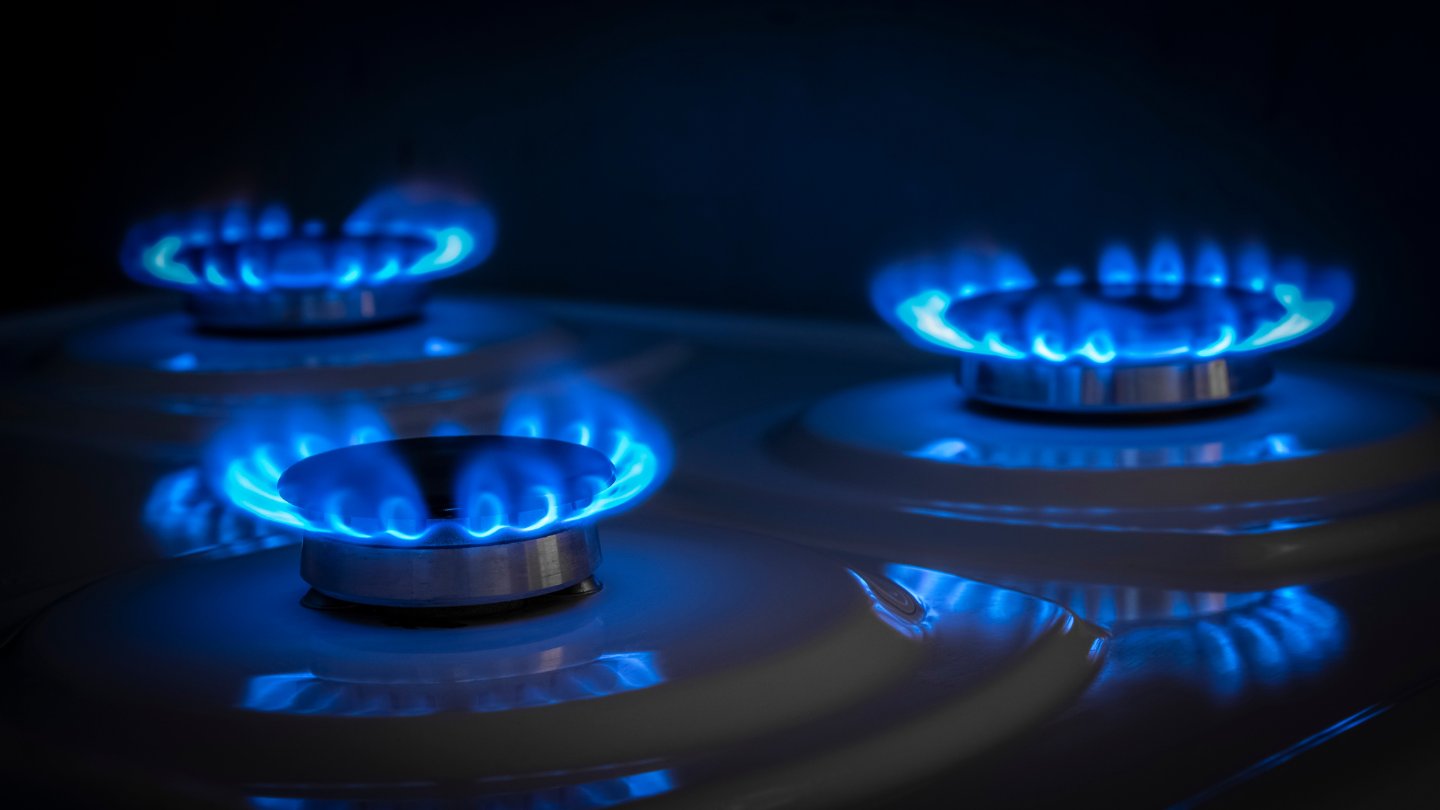
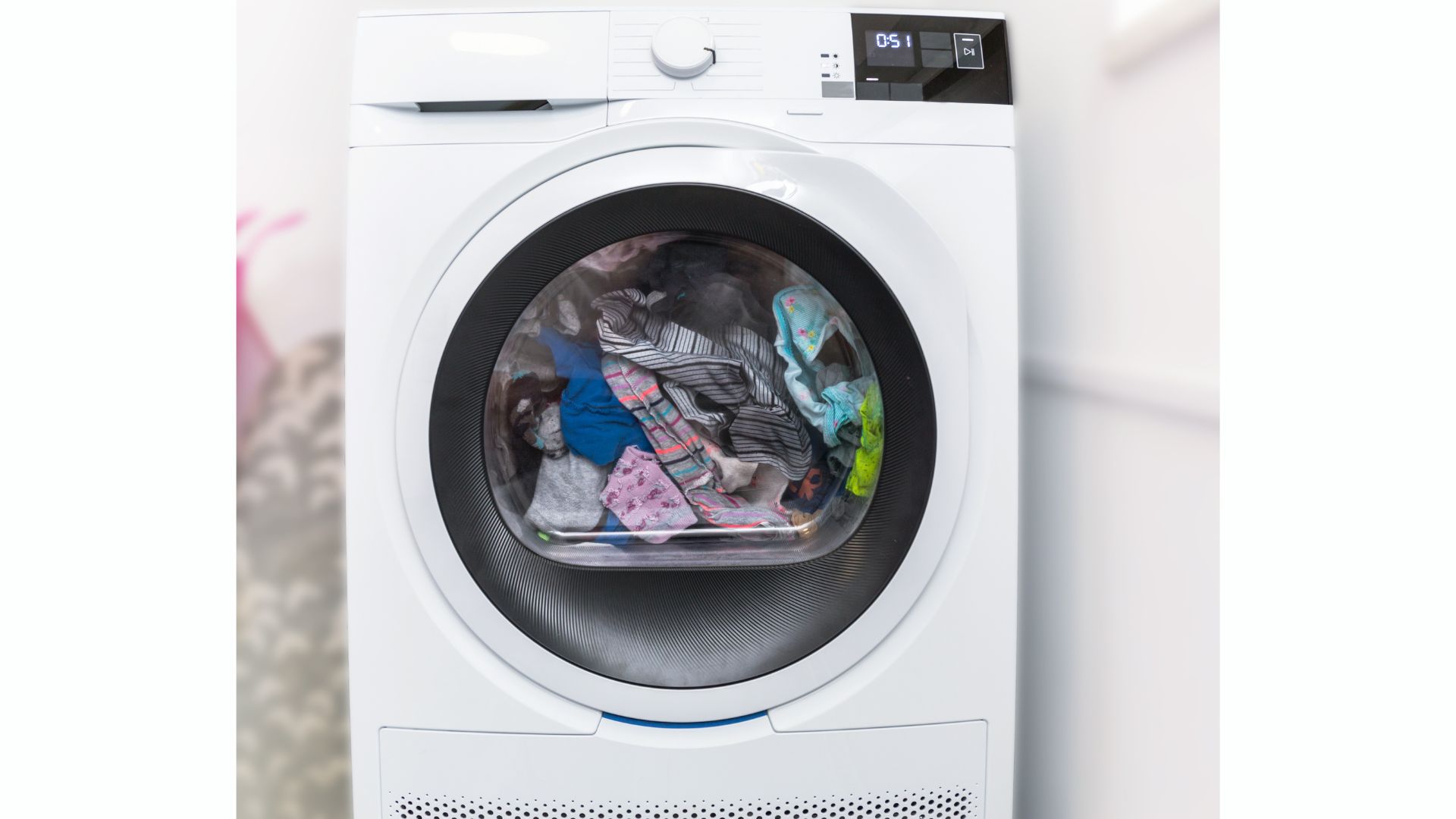
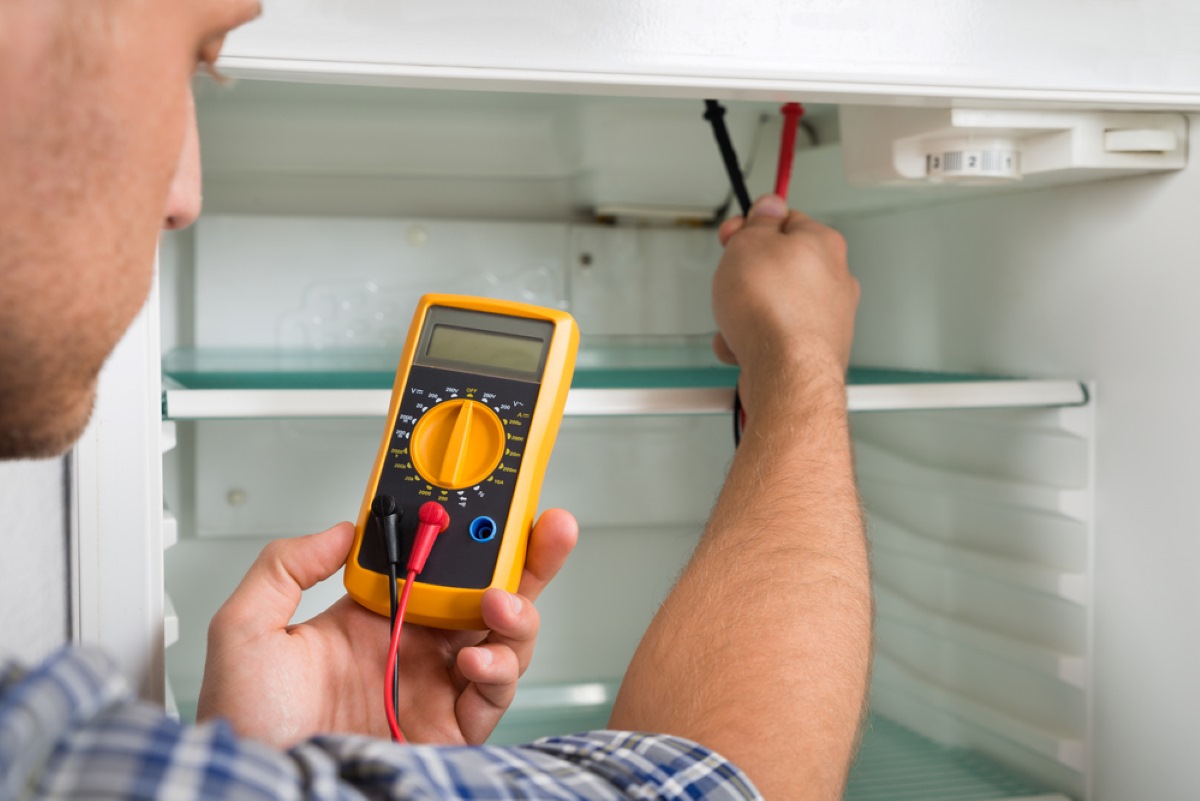
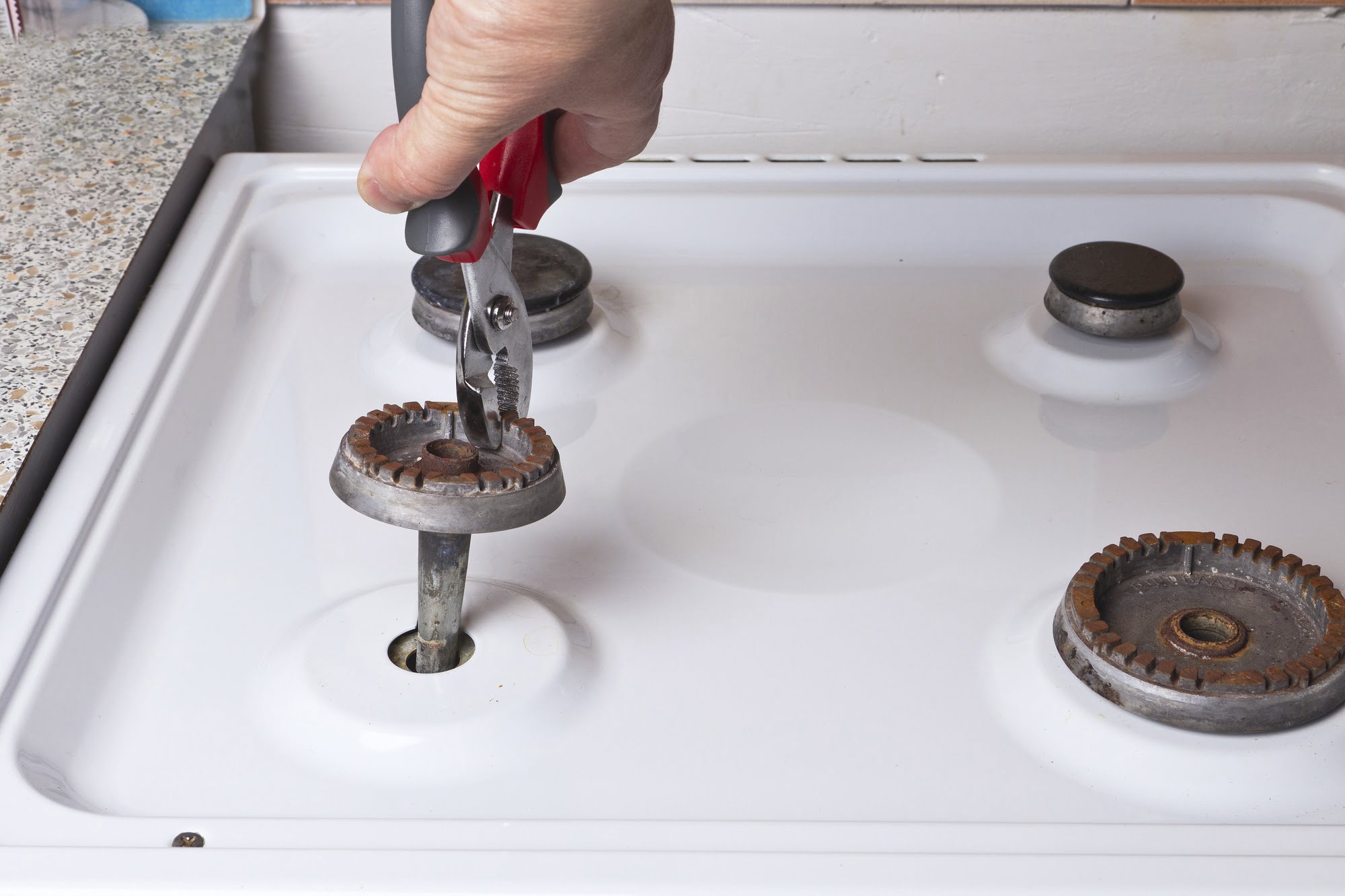
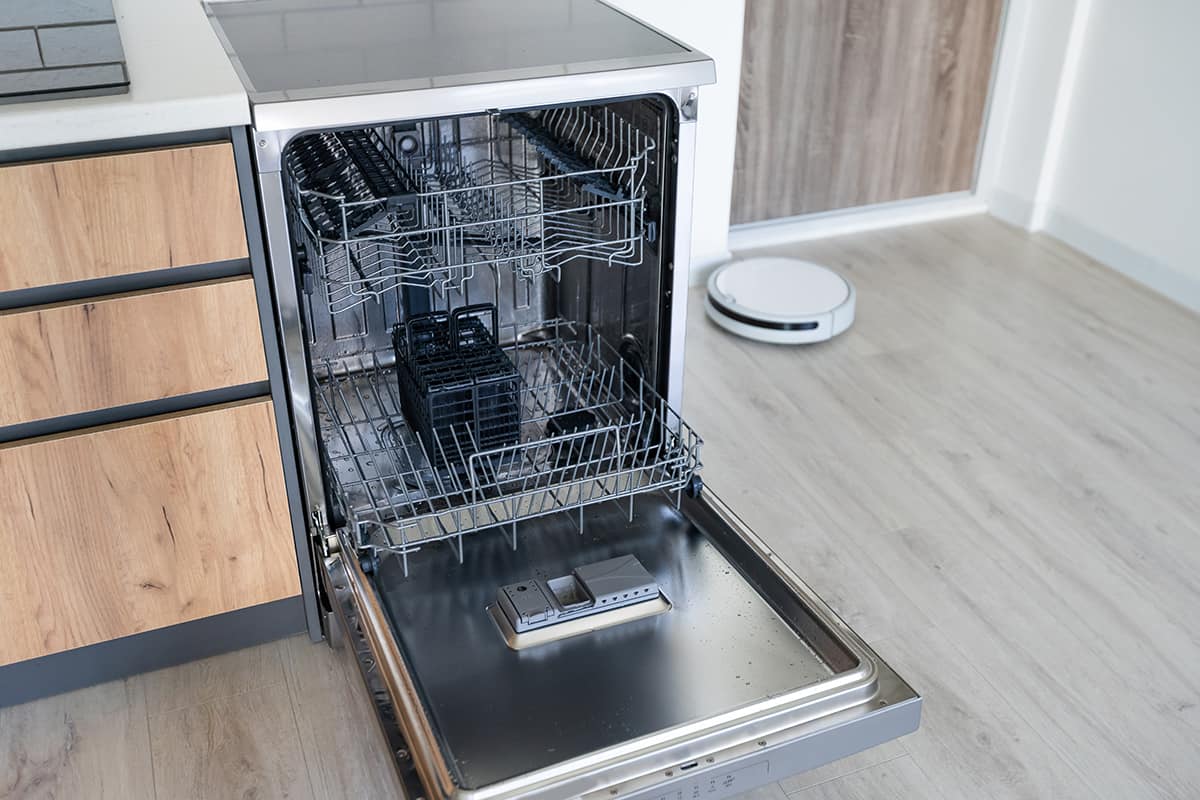
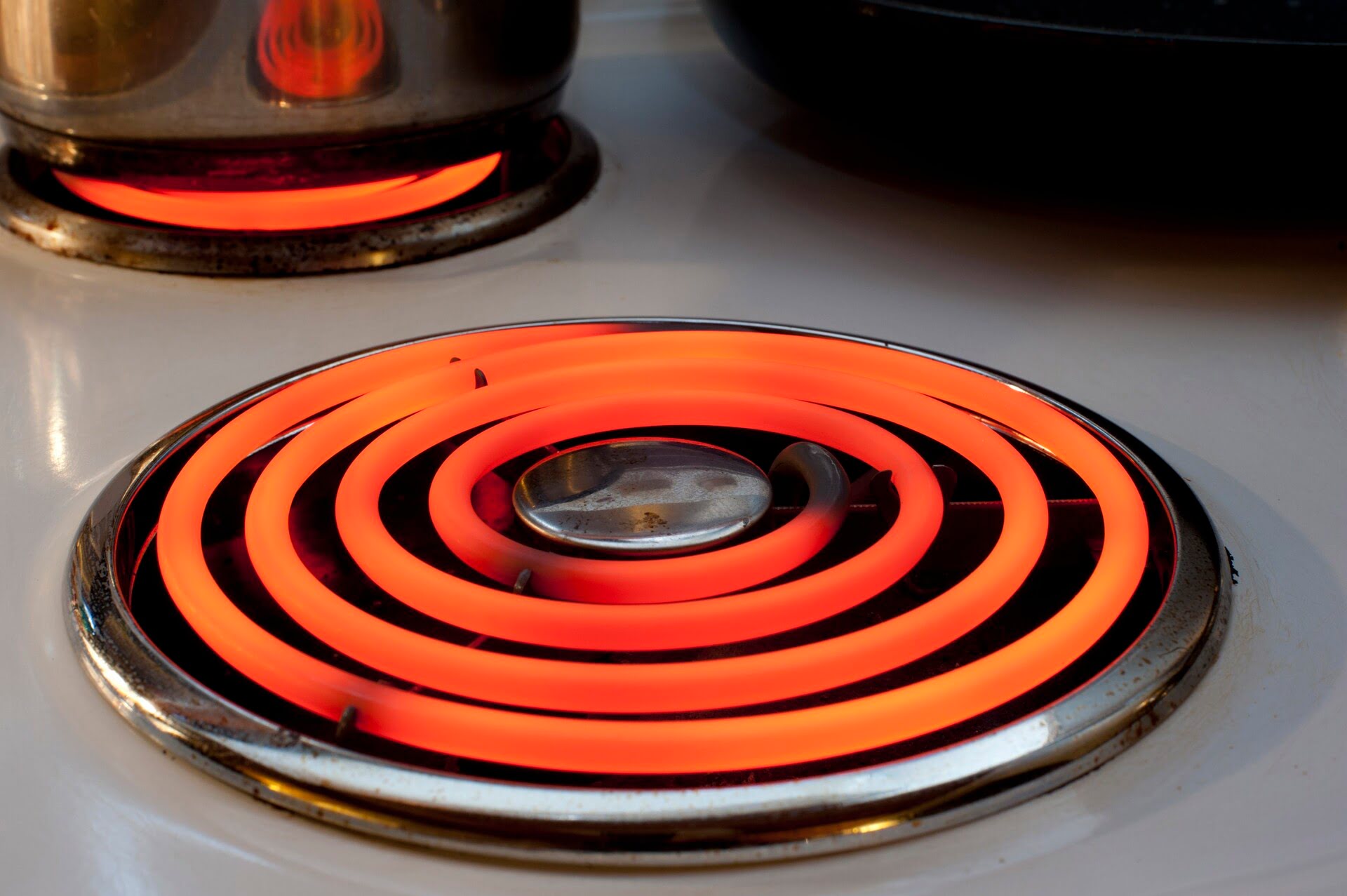
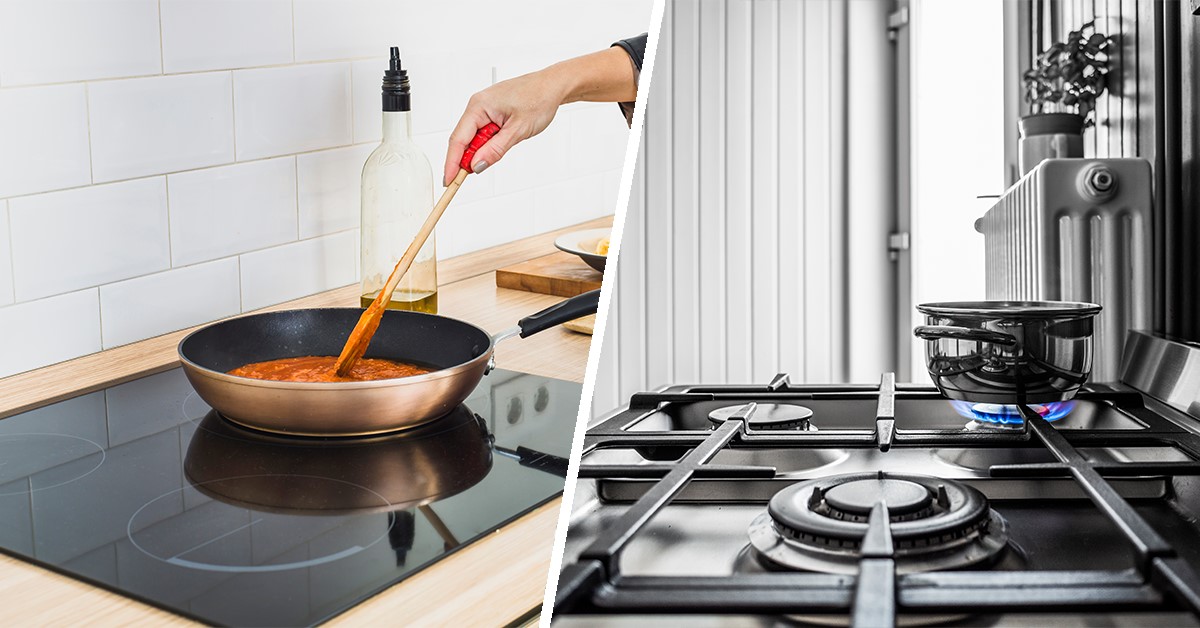
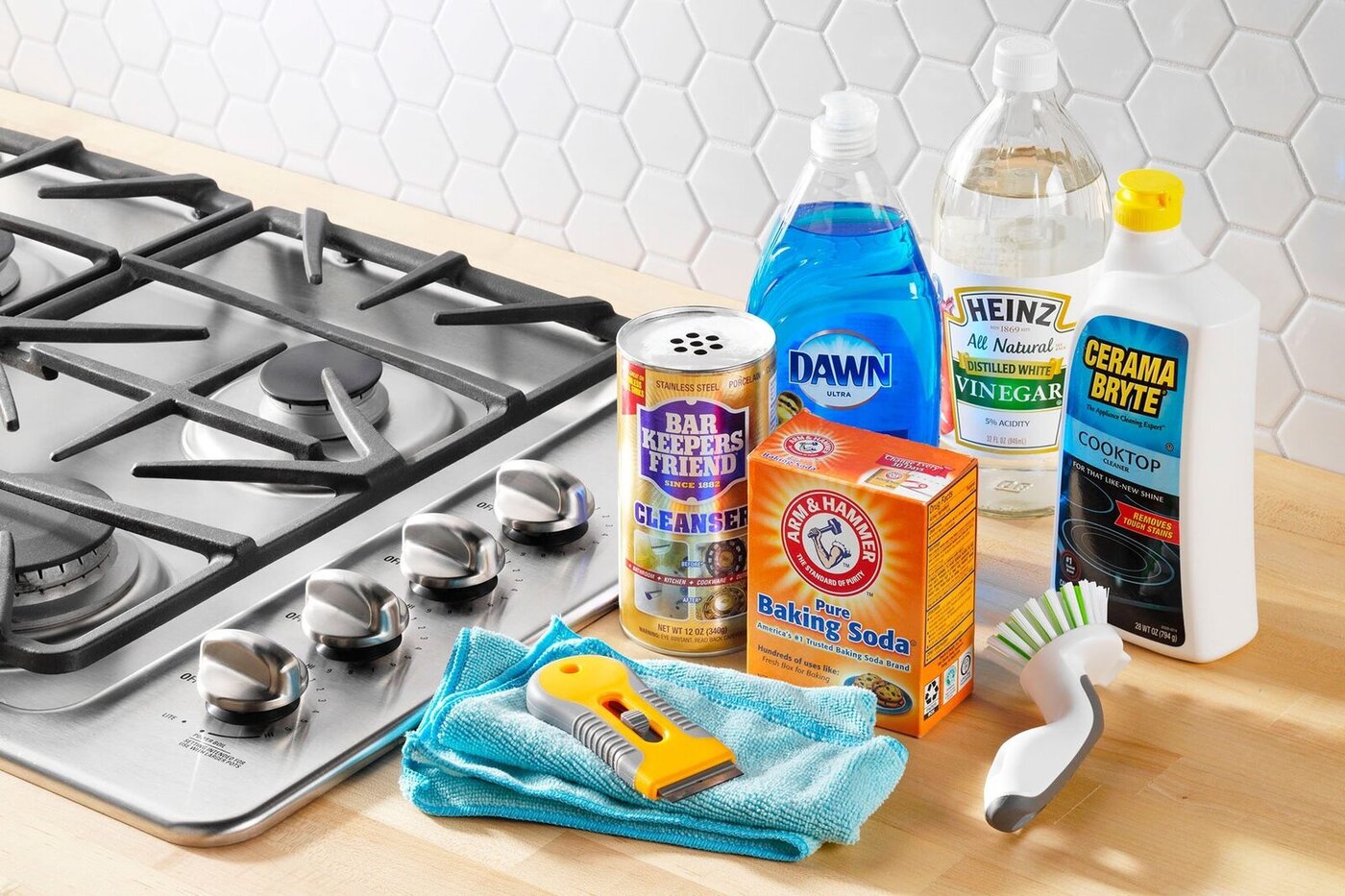
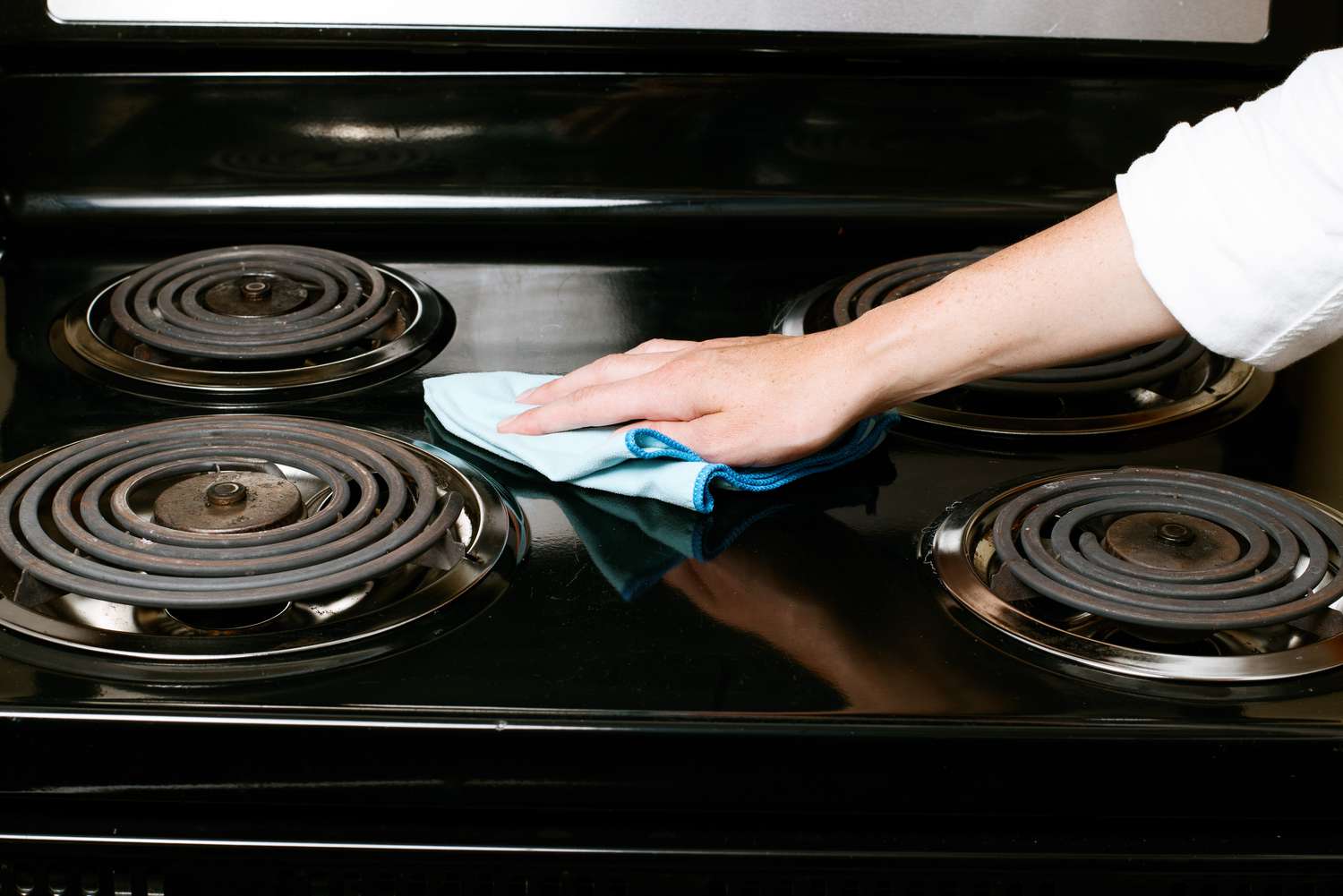
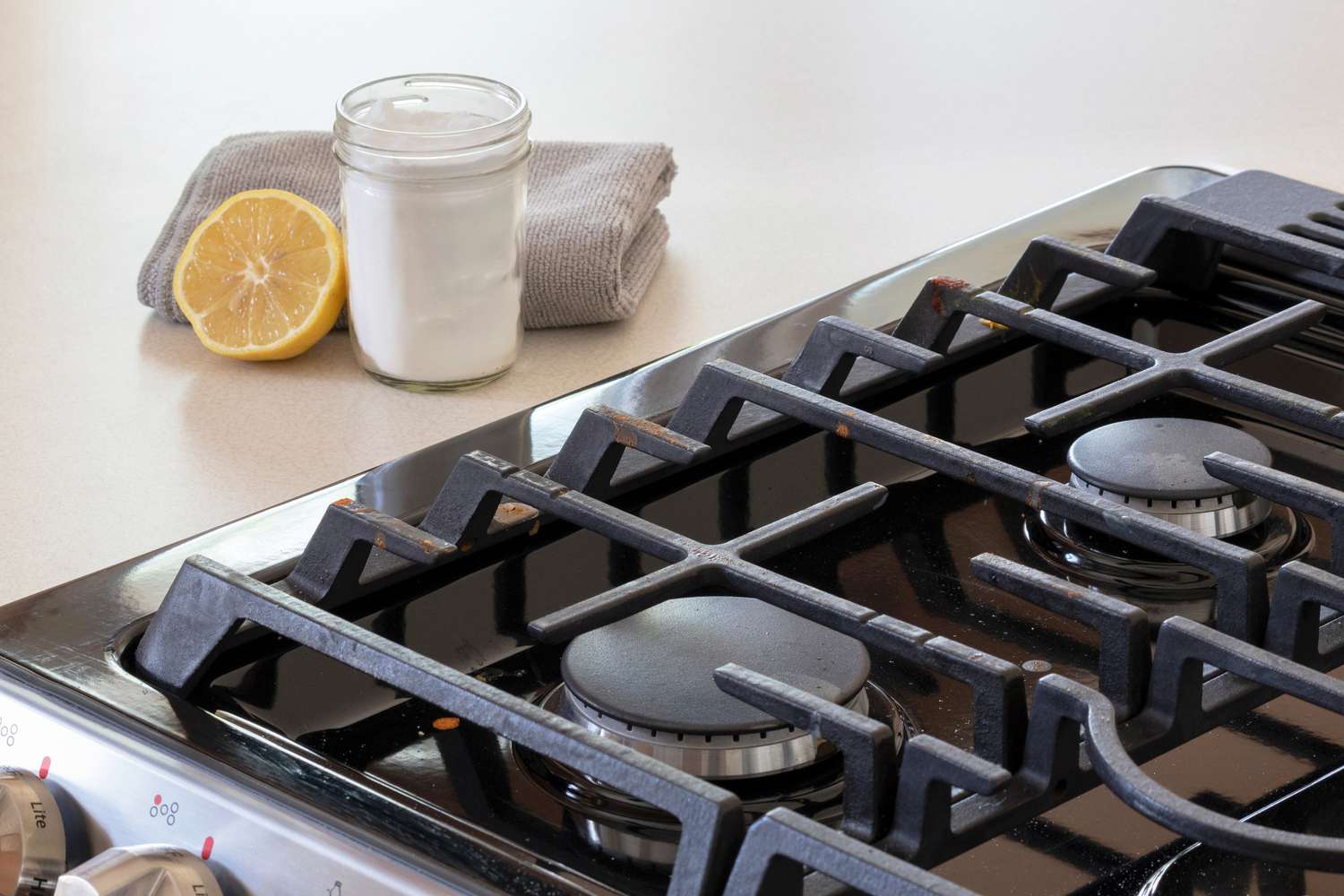
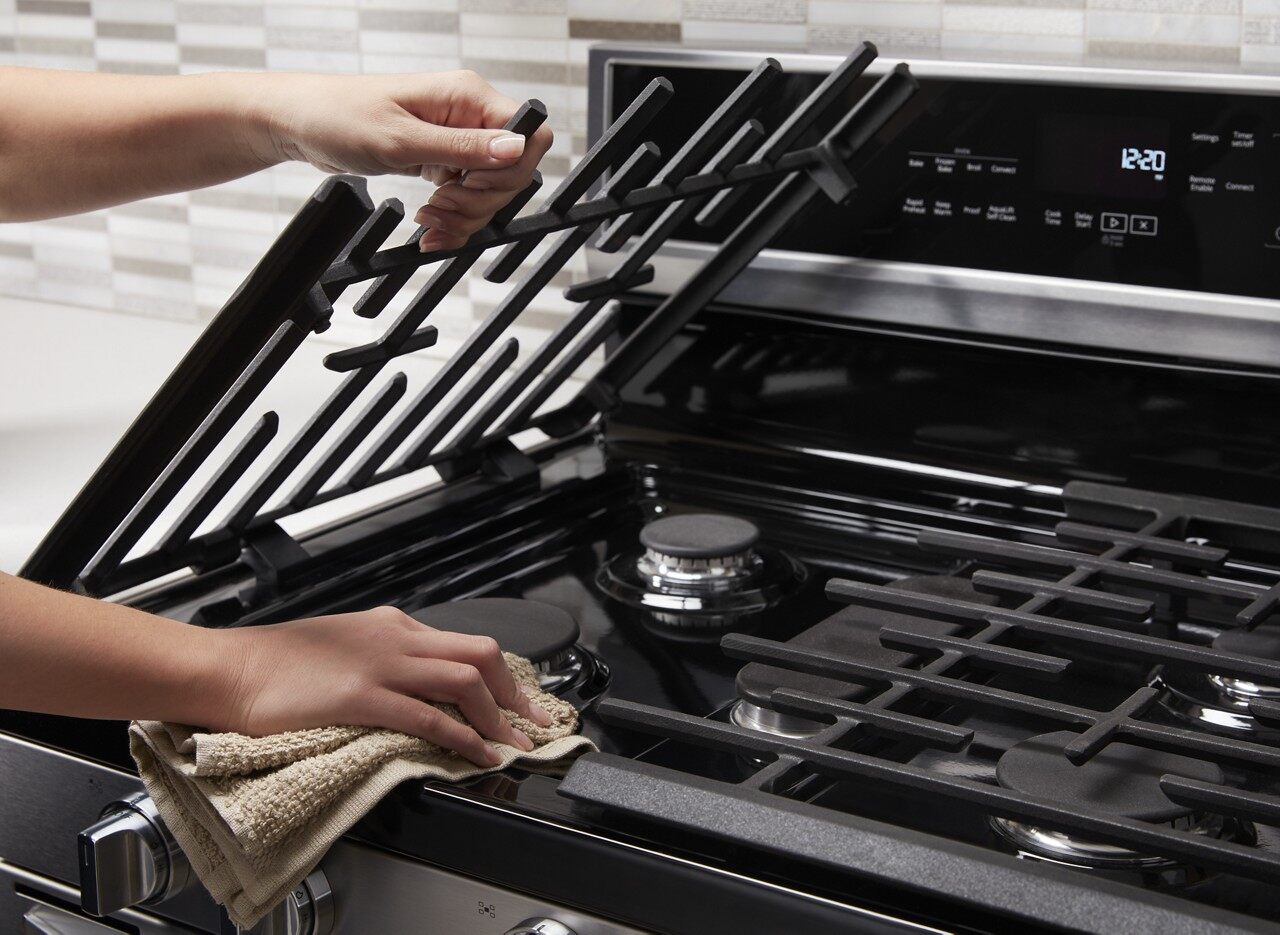
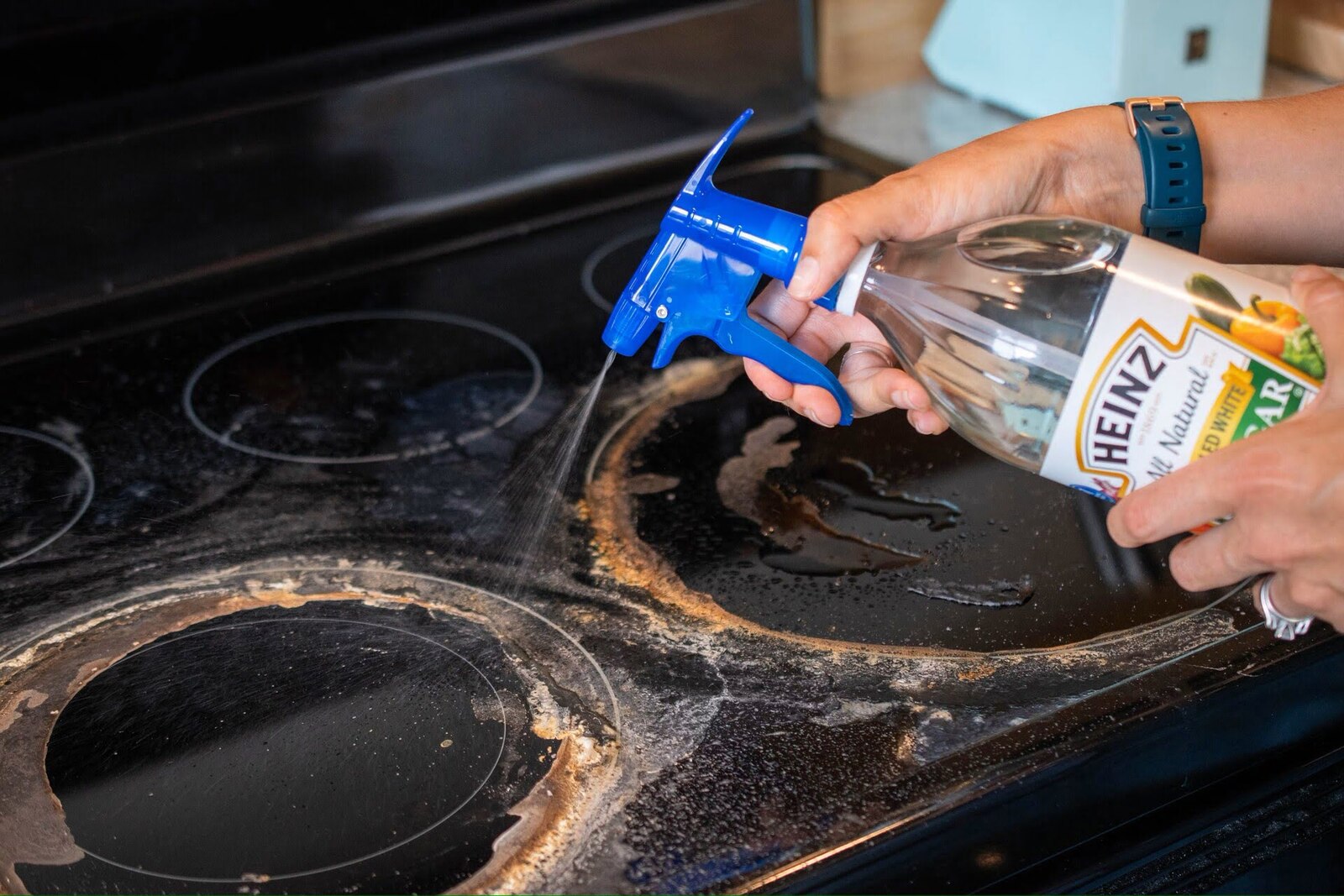
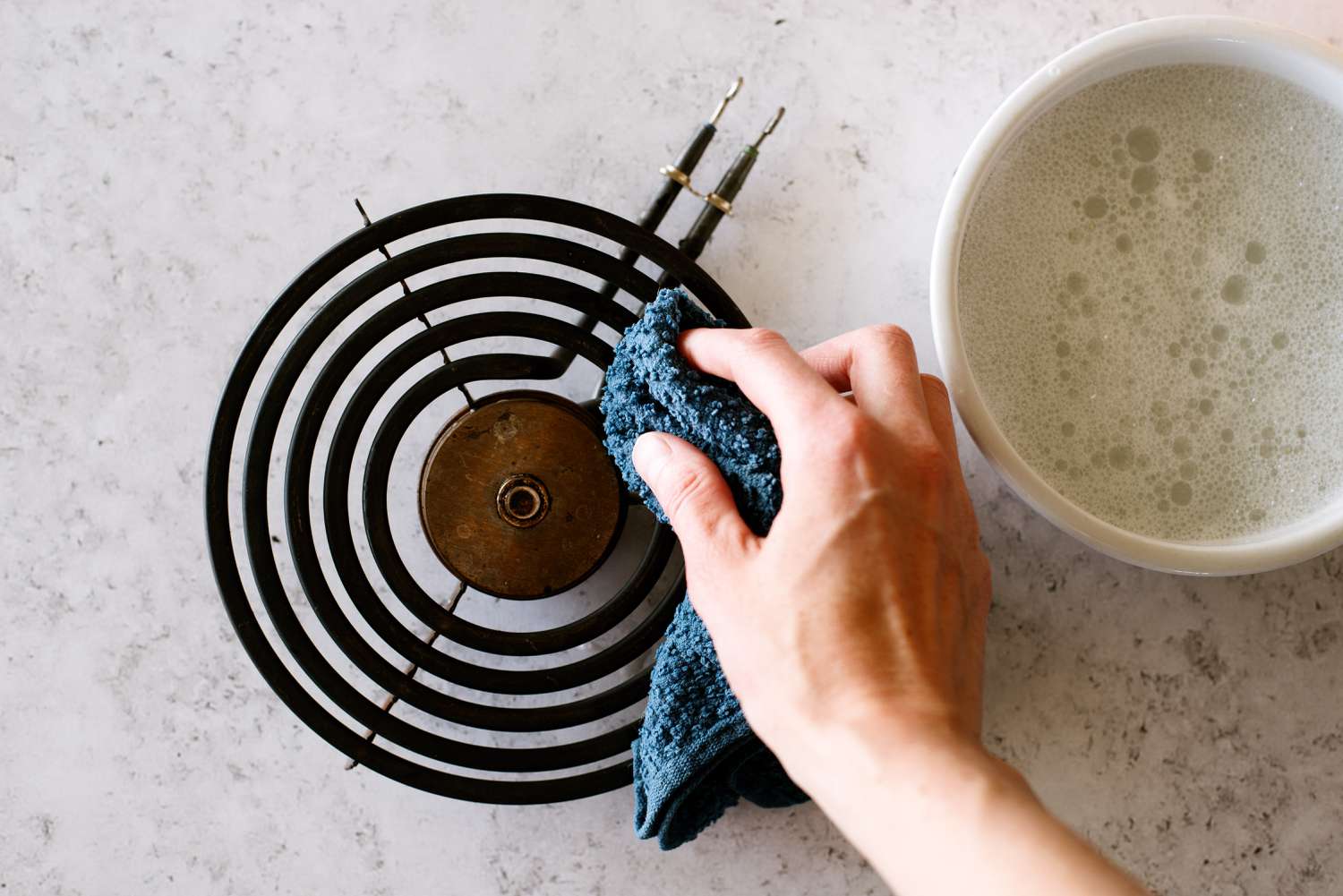
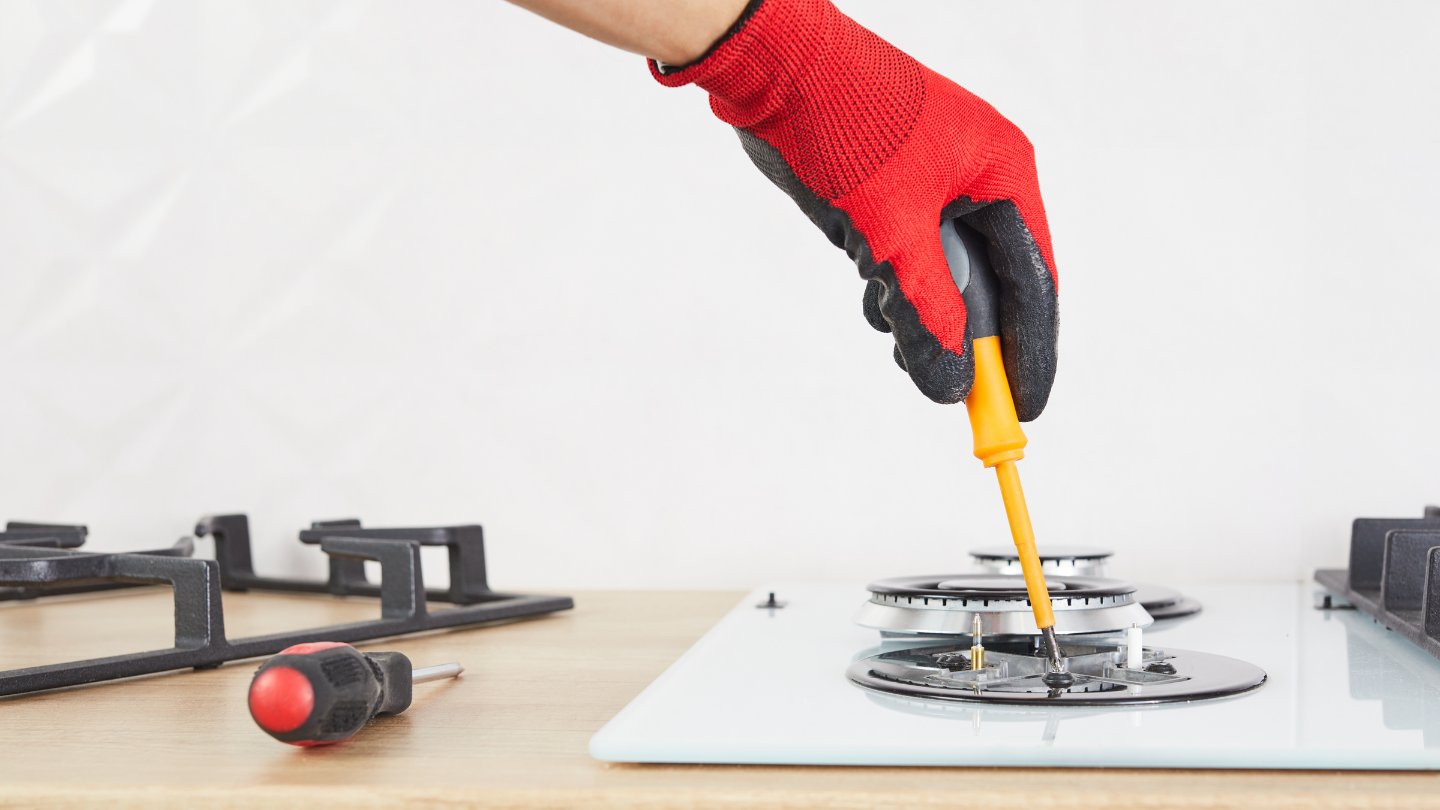

0 thoughts on “How Many Amps For Stove Burners”